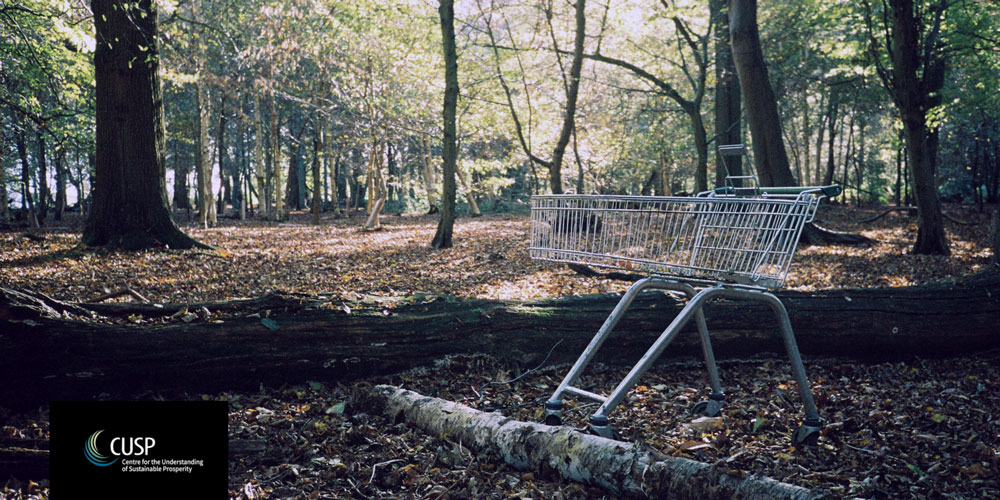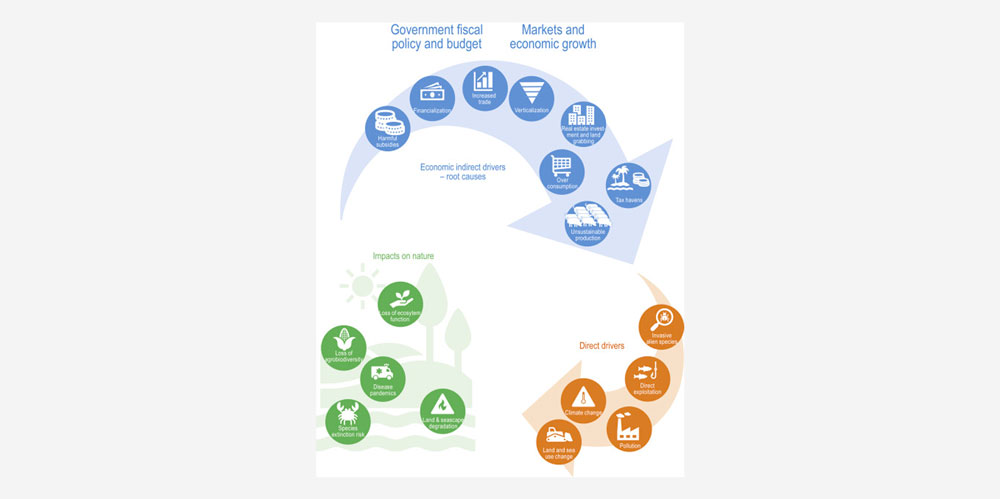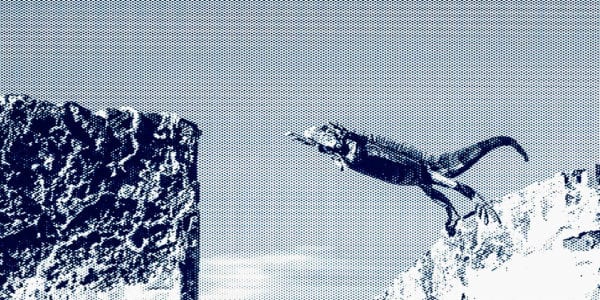Ensuring a Post-COVID Economic Agenda Tackles Global Biodiversity Loss
Pamela McElwee, Esther Turnout, Mireille Chiroleu-Assouline, Jennifer Clapp, Cindy Isenhour, Tim Jackson, Eszter Kelemen, Daniel C. Miller, Graciela Rusch, Joachim H. Spangenberg, Anthony Waldron, Rupert J. Baumgartner, Brent Bleys, Michael W. Howard, Eric Mungatana, Hien Ngo, Irene Ring, and Rui Santos
One Earth, Vol 3 | October 2020

Summary
The article is available in open access via the One Earth Journal website. If you have difficulties accessing the paper, please get in touch: info@cusp.ac.uk.
Citation
McElwee P, Turnout E, Chiroleu-Assouline M, Clapp J, Isenhour C, Jackson T, Kelemen E, Miller D C, Rusch G, Spangenberg J H, Waldron A, Baumgartner R J, Bleys B, Howard M W, Mungatana E, Ngo H, Ring I and R Santos 2020. Ensuring a Post-COVID Economic Agenda Tackles Global Biodiversity Loss. In: One Earth, 3(4). DOI:https://doi.org/10.1016/j.oneear.2020.09.011.




